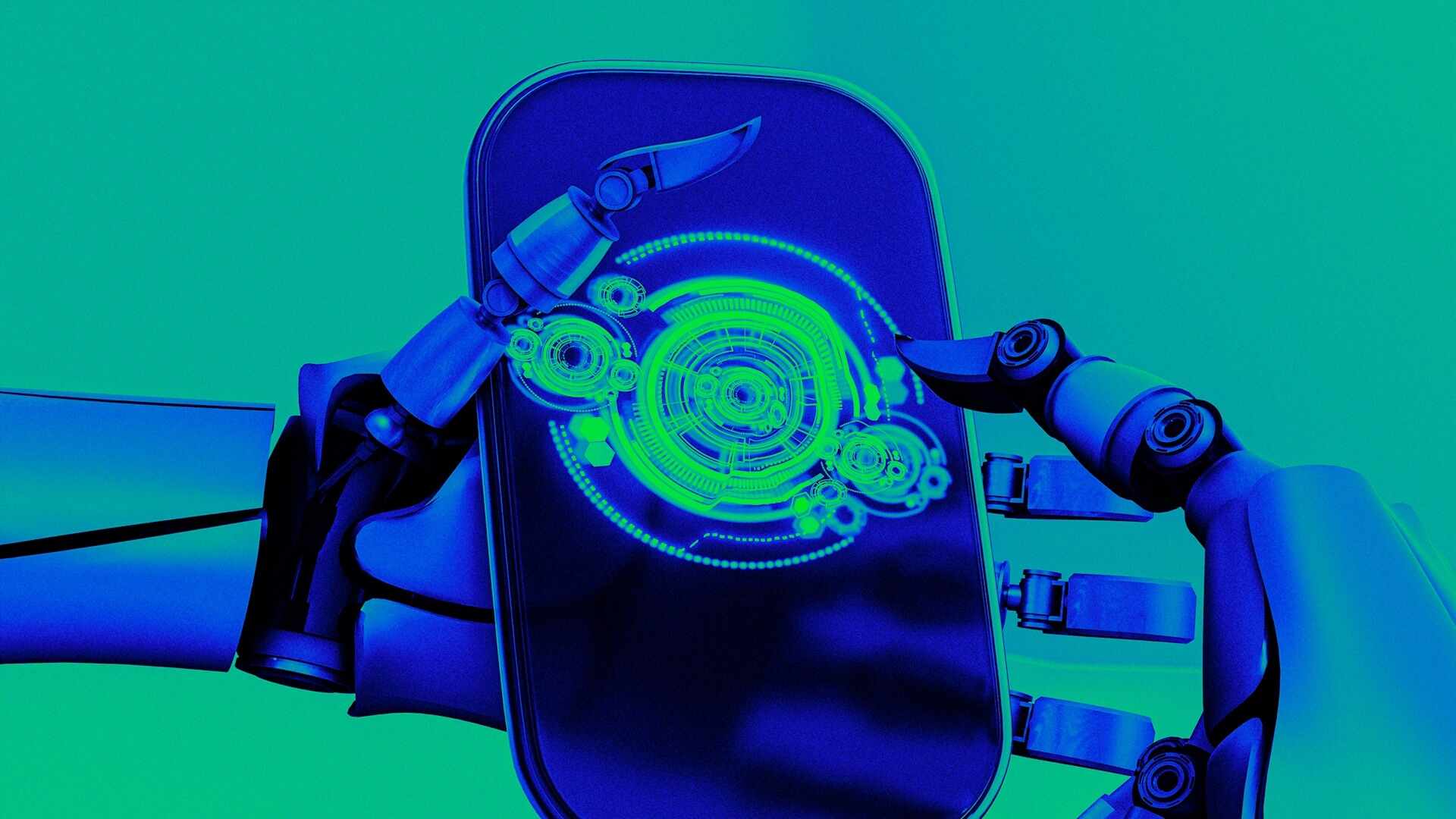- | 8:00 am
Sanders: AI may take 100 million jobs in the next 10 years
The senator’s new job-loss report offers a scary view of the transformation that may be just around the corner.

Bernie Sanders says in a new ChatGPT-assisted report released Monday that AI and automation could eliminate nearly 100 million jobs over the next decade.
Titled “Big Tech Oligarchs’ War Against Workers: AI and Automation Could Destroy Nearly 100 Million U.S Jobs in a Decade,” the report estimates that AI will automate away the jobs of 89% of fast food and counter workers, 64% of accountants, and 47% of truck drivers.
“The artificial intelligence and robotics being developed by . . . today will allow corporate America to wipe out tens of millions of decent-paying jobs, cut labor costs and boost profits,” Sanders, an Independent from Vermont and ranking member of the Senate Health, Education, Labor, and Pensions Committee, wrote in an op-ed on Fox News. “The result? The wealthiest people in the world will get even richer, while working people lose their jobs and their income.”
The report was compiled by Sanders and committee staffers, who derived their job loss estimates by asking ChatGPT how completely AI can automate various job tasks that are considered core or supplemental to more than 700 job types identified by the Bureau of Labor Statistics.
“Congress and the American people must stand up and fight back”
It’s unlikely that ChatGPT would have a reliable view of AI’s effects on the workforce today, much less in the next decade. The report’s ’ estimates fail to contemplate what kinds of new “hybrid” human/AI jobs (such as prompting or model training) might be created.
Sanders also oversimplifies the real mix of tasks involved in a specific job type: A task to which a worker devotes 10% of their time might stubbornly resist automation, and save the worker’s job.
“There is tremendous uncertainty about the real capabilities of AI and automation, their effects on the rest of the economy, and how governments and markets will respond,” the report states. The report’s estimate represents “one potential future in which corporations decide to aggressively push forward with artificial labor,” the staffers write.
But Sanders and his staff cite some (arguably) more reliable data points, including Anthropic CEO Dario Amodei’s prediction that “AI could wipe out half of all entry-level white-collar jobs–and spike unemployment to 10-20% in the next one to five years.”
They also cite Ford CEO Jim Farley’s prediction that AI could eliminate “literally half of all white-collar jobs in the U.S.” within the next decade.
The report also takes aim at the Trump administration, which has essentially abdicated any oversight of the AI industry, while taking steps to speed the arrival of the new technology. “The Trump administration is poised to only entrench the power of [Silicon Valley] executives,” the authors write.
“That must end. Congress and the American people must stand up and fight back to make sure workers benefit from AI and automation.”
The approaching storm
Notably, Sanders chose to his op-ed the right-leaning Fox News, which has traditionally portrayed him as a “far left” progressive. But AI’s impact on the workforce could be a rare issue that crosses partisan lines, especially when the benefactors of the new technology are identified as oligarchs and tech elites, as Sanders does.
Sanders isn’t the only one who seems to be sensing this.
Arizona Democrat Mark Kelly recently released an “AI for America” plan, which proposes ways for AI companies like Google and OpenAI to help pay for the downside costs of the AI transformation, namely the necessary upgrades to the power grid (to support new data centers) and to expand the social safety net for workers who might be put out their jobs by automation.
While the HELP report’s 100-million-jobs number is provocative and contestable, the tech industry is working hard to suppress meaningful AI legislation — Sanders and Kelly are right to sound the alarm that a widespread disruption of the workforce is very likely coming.
The real question is how soon.






































